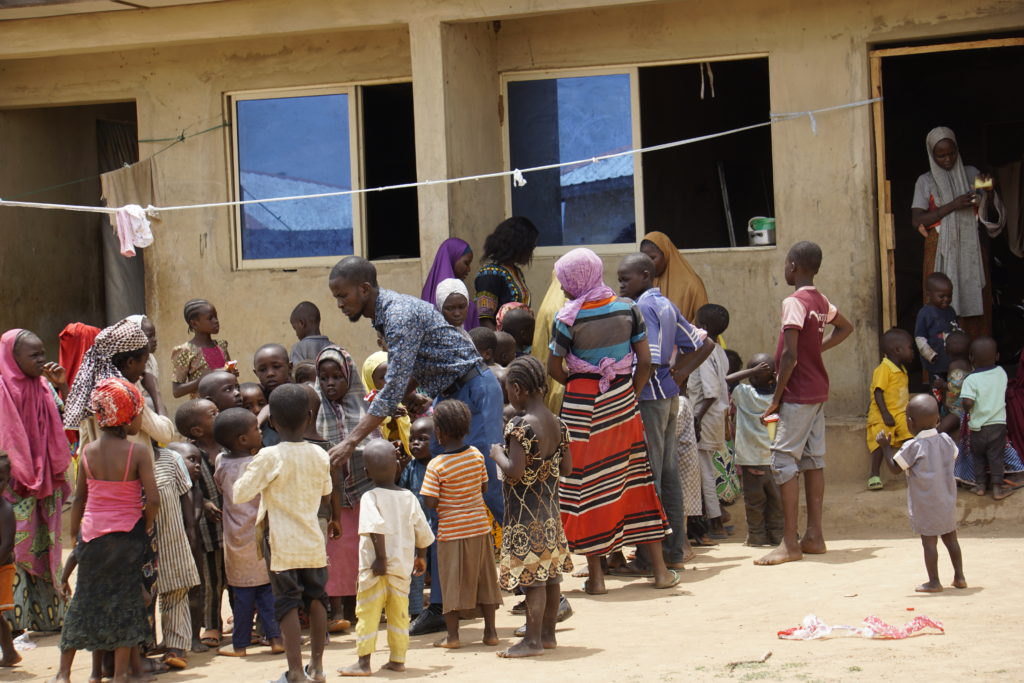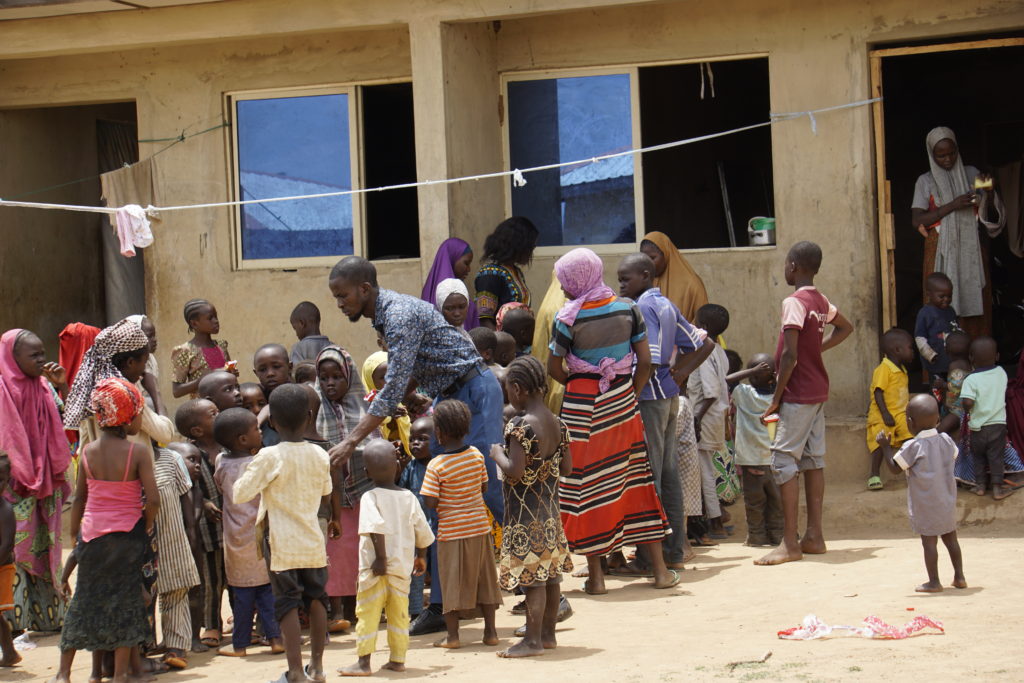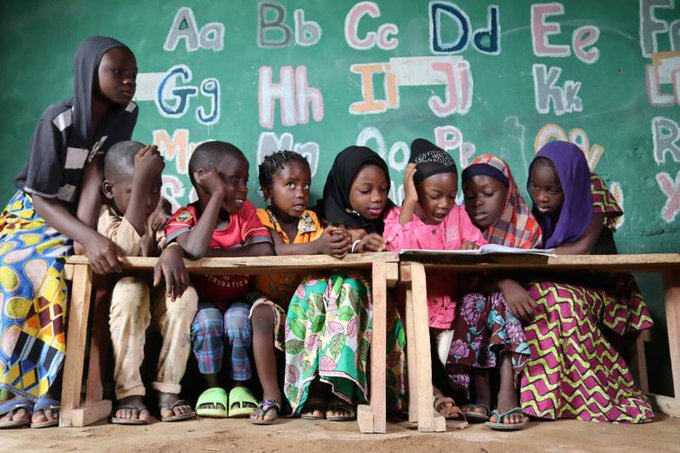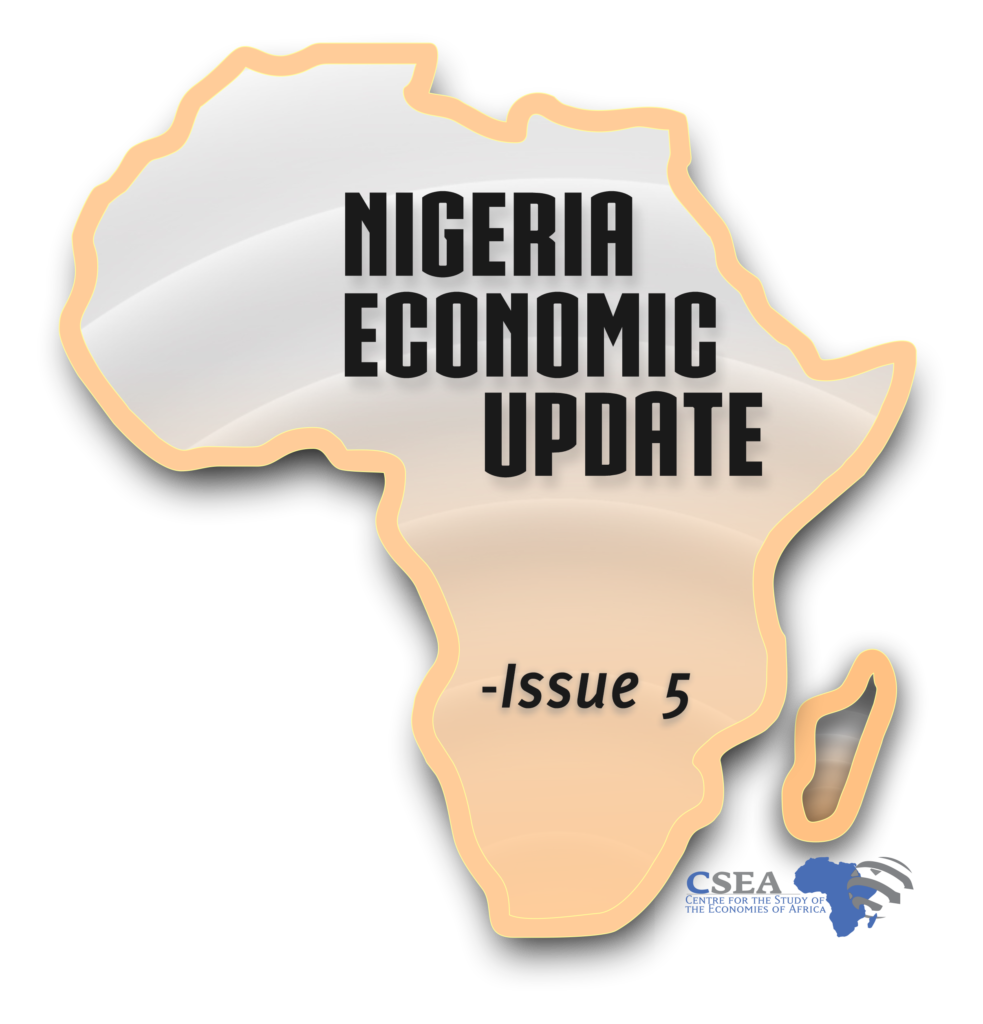The massive expansion of education access throughout the world in the past few decades signalled a positive progress for global development through human capital accumulation. However, this same growth highlighted the substantial deficiency in the learning that schools are unable to deliver to the children that pass through them. In short, massive expansion in schooling has not delivered quality education, a situation that United Nations Educational, Scientific and Cultural Organization (UNESCO, 2013) termed a global “learning crisis”. The disconnect between schooling and learning in the 21st Century also informed the global aspiration to improve learning outcomes, as captured in SDG 4.
With the global attention now centered on SDG implementation, policymakers and researchers are focused on data for measuring learning outcomes. Measuring performance against SDG 4 entails assessing the extent to which targets set on inclusive and quality of education have been met. However, as the 2017 Goalkeepers Report shows, there is notable conceptual problem and data gap in measuring the quality of education (see also Unterhalter, 2019).
On the conceptual level, there is lack of consensus on the appropriate indicator of quality education. Education quality is a multidimensional concept and encompasses educational inputs, processes and learning outcomes. This concern is apparent even in the SDG system, particularly, in the Tier Classification of Global SDG indicators developed by the Inter-agency and Expert Group on SDG Indicators (IAEG-SDGs). This means that additional work is needed to establish methodology and create an internationally comparable statistic (UN Statistical Commission, 2018).
Download PDF

 English
English
 Arab
Arab
 Deutsch
Deutsch
 Português
Português
 China
China





